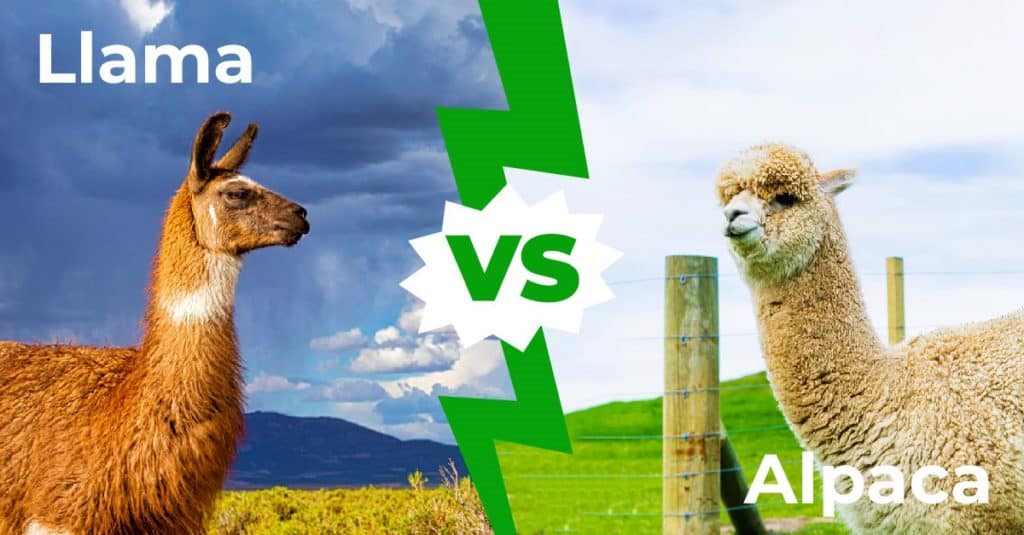Llamas and alpacas are two animals that have been utilised by humans for movement and production of fleece for a few millenniums. Both animals are camel family members, Camelidae, and can be found in prominent parts of Peru and Bolivia.
Alpacas and llamas are closely related, and they are two of the four lamoid species. Vicuna and Guanaco, the other two members, are their wild cousins.
What is interesting though, is that all four animals are compatible for interbreeding and procreating fertile offsprings. Even though both animals are frequently conflated, alpacas and llamas vary in many ways.
The most distinctive variances in the physical appearance between alpacas and llamas are their size, hair, and facial shapes. They also differ in behaviours, and this influences the way humans have used them over the years.
Scientific classification for llamas
| Kingdom | Animalia |
| Phylum | Chordata |
| Class | Mammalia |
| Order | Artiodactyla |
| Family | Camelidae |
| Genus | Lama |
| Scientific name | Lama Glama |
Scientific classification for alpacas
| Kingdom | Animalia |
| Phylum | Chordata |
| Class | Mammalia |
| Order | Artiodactyla |
| Family | Camelidae |
| Genus | Vicugna |
| Scientific name | Vicugna Pacos |
Sizes
Their size is the most recognisable difference between both animals. Alpacas are the smaller animals with a shoulder height of about 35 inches high. Alpacas also weigh between 55 and 65 kilograms.
On the other hand, the llama isn’t just bigger than the alpaca; it also happens to be the biggest lamoid of all four. It has a shoulder height of about 47 inches high and an average weight of 113 kilograms.
Faces
Llamas have a very different facial shape and structure from the Alpacas. The alpacas have minuscule, blunt faces with small ears while the llamas possess longer faces with elongated, banana-like ears.
Hair
Another key variance between both animals is their hair. Alpacas have thick, lengthy and uncombed hair that is used for producing fleece. Their hair ranges across different colours from whites and light yellows to browns and blacks.
Llamas, on the other hand, have rougher and thicker hair used to produce wool. It is considered inferior in quality to that of the alpaca. Noting this defect, the llama rearers are working on creating a llama breed with a body hair that is finer and softer.
Uses by humans
Humans prefer to use the llamas as beasts of burden due to their larger size and greater stamina. The llamas are used as pack animals, and they carry heavy loads.
The average llama can bear the weight of loads that are usually within the weight range of 45-60 kilograms, for up to 17 miles per day.
Disposition
The llamas have a bad reputation for reacting by spitting, lying down, kicking or staying put whenever they are overburdened with loads or mistreated. Although they can get aggressive, they are naturally gentle creatures.
Alpacas are gentler and more timid than the llamas. They are also more reserved than the llama; they prefer the company of their herd.
The llamas are usually utilised as a guard for animals such as sheep and the alpacas.








